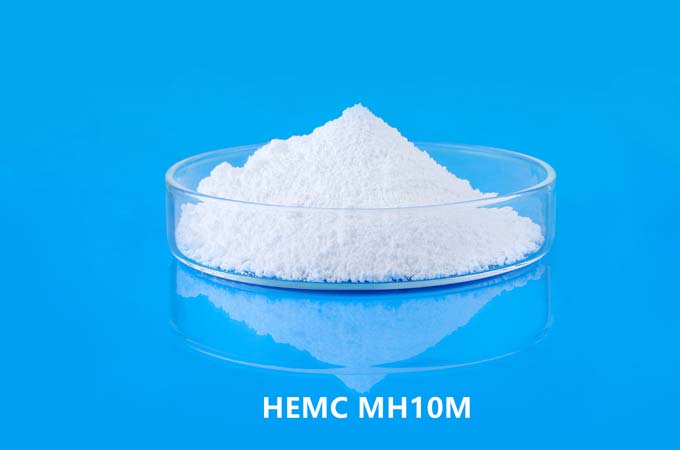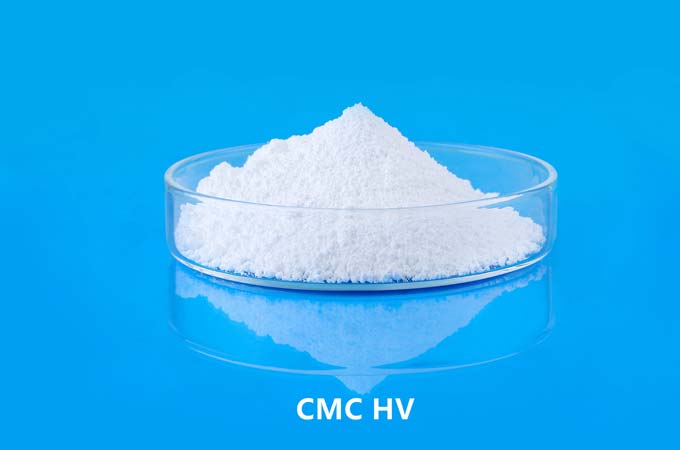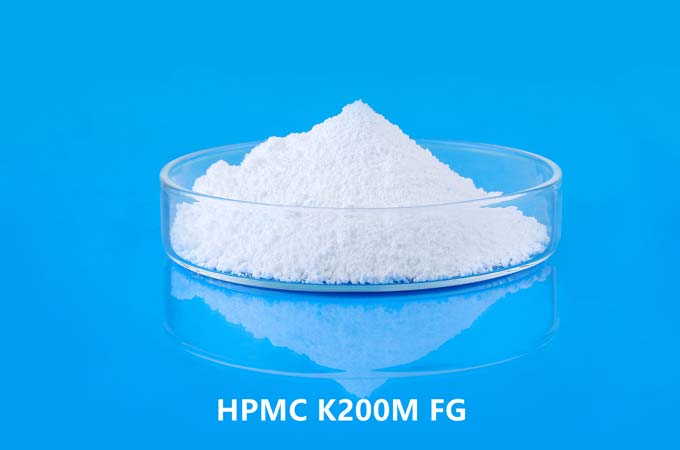Hydroxypropyl methylcellulose is a non-ionic cellulose mixed ether made from refined cotton after alkalization, using propylene oxide and methyl chloride as etherification agents, and through a series of reactions. Hydroxypropyl methylcellulose is a non-ionic cellulose ether, which is a white powder, odorless and tasteless. The degree of substitution is generally 1.2~2.0. Its properties are different depending on the ratio of methoxyl content and hydroxypropyl content.
Product Characteristics of Hydroxypropyl Methylcellulose:
1. Hydroxypropyl methylcellulose is easily soluble in cold water, and it will encounter difficulties in dissolving in hot water. But its gelation temperature in hot water is significantly higher than that of methyl cellulose. The solubility in cold water is also greatly improved compared with methyl cellulose.
2. The viscosity of hydroxypropyl methylcellulose is related to its molecular weight. The larger the molecular weight, the higher the viscosity. Temperature also affects its viscosity, as temperature increases, viscosity decreases. However, the influence of its high viscosity and temperature is lower than that of methyl cellulose. Its solution is stable when stored at room temperature.
3. The water retention of hydroxypropyl methylcellulose depends on its addition amount, viscosity, etc., and its water retention rate under the same addition amount is higher than that of methyl cellulose.
4. Hydroxypropyl methylcellulose is stable to acid and alkali, and its aqueous solution is very stable in the range of pH=2~12. Caustic soda and lime water have little effect on its performance, but alkali can speed up its dissolution and slightly increase its viscosity. Hydroxypropyl methylcellulose is stable to common salts, but when the concentration of salt solution is high, the viscosity of hydroxypropyl methylcellulose solution tends to increase.
5. Hydroxypropyl methylcellulose can be mixed with water-soluble polymer compounds to form a uniform and higher viscosity solution. Such as polyvinyl alcohol, starch ether, vegetable gum, etc.
6. Hydroxypropyl methylcellulose has better enzyme resistance than methylcellulose, and the possibility of enzymatic degradation of its solution is lower than that of methylcellulose.
7. The adhesion of hydroxypropyl methylcellulose to mortar construction is higher than that of methylcellulose.
The Synthetic Method of Hydroxypropyl Methylcellulose:
Treat the refined cotton cellulose with lye at 35-40°C for half an hour, press it, crush the cellulose, and age it properly at 35°C, so that the average degree of polymerization of the obtained alkali fiber is within the required range. Put the alkali fiber into the etherification kettle, add propylene oxide and methyl chloride in sequence, and etherify at 50-80°C for 5 hours, the maximum pressure is about 1.8MPa. Then add appropriate amount of hydrochloric acid and oxalic acid to the hot water at 90°C to wash the material to expand the volume. Dehydrate in a centrifuge. Wash until neutral, and when the water content in the material is lower than 60%, dry it with a hot air flow at 130°C to a content of less than 5%. Finally crushed through a 20-mesh sieve to obtain the finished product.
 English
English 日本語
日本語 français
français Deutsch
Deutsch Español
Español italiano
italiano русский
русский português
português العربية
العربية Türkçe
Türkçe Nederland
Nederland



